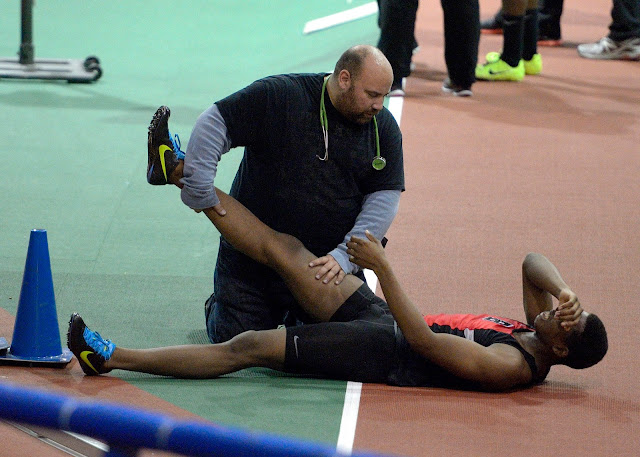Say the words “physical therapy” and most people
automatically associate it with professional or career athletes. However,
physical therapy isn’t just for sports-related injuries. Anyone at any time can
get an injury; even just everyday life can cause pain that should not go
untreated. Here are some of the most common injuries and conditions that
physical therapy can treat:
1. Sprains are one of the most common
injuries, especially in sports.
Sports injuries is one of the most common reasons people
seek physical therapy. In fact, one of the most widely seen injuries,
especially sports-related, are sprains to ligaments. Sprains – a sudden
over-stretching of ligaments – can happen during practice, a misstep on a
training run, or just walking to the car. They are most common in the ankle,
but falls can also cause sprains in the wrist and shoulder areas.
2. Everyday muscle strains can lead to overuse
injuries.
Strains – also called “pulled muscles” – are one of the
number types of overuse injuries. Overusing a muscle can cause stress on the
tendon, which can worsen over time. Muscle strains can happen to anyone, not
just those living an active lifestyle. Even an accidental fall can cause a
strain in the muscle that, if left untreated, can lead to a worse injury.
3. If you have an “-itis”, it’s from overuse or
misuse.
Tendinitis. Bursitis. Plantar fasciitis. These conditions
are strains on the tissue that cause it to become swollen, irritated, and
inflamed. Tendinitis and plantar fasciitis are common in the ankle and foot
area, especially for runners – not to mention anyone who spends a lot of time
on their feet. Bursitis is common in the hips and knee with any high-impact
movement. These conditions always worsen if neglected, but with some rest and a
strong conditioning program, you won’t be off your feet for very long.
4. Constantly losing your balance? It may be
due to muscle instability.
Believe it or not, but muscle instability can be an actual
condition in need of physical therapy. If this condition is in the ankle, it
might be difficult to retain balance as the ankle continuously rolls to the
side. Instability occurs most often in the ankle and foot. However, it can also
be a problem associated with the head and neck, shoulder, and lower back. Chronic
pain or movement trouble in those areas may be an indication of chronic
instability.
5. Fractures – they’re not just
sports-related.
Although fractures, such as stress fractures, are often
associated with sports and physical activity, motor vehicle accidents, falls,
overuse, and even osteoporosis can cause this condition. Stress fractures often
occur in the ankle and foot and are typical overuse injuries, especially in
athletes. However, other fractures can occur in the back and are caused by a
traumatic event. No matter how the fracture occurs or how serious, physical
therapy can help you recover and even prevent future injuries.
A strong physical
therapy program will help you recover.
Physical therapy can help you recover from any injury or
condition. From reducing and even eliminating pain to avoiding surgery, a good
physical therapy program will provide multiple benefits. Furthermore, a program
that is individualized to fit your needs will help you not only recover but
avoid injuries in the future or manage chronic conditions. OSR Physical Therapy
offers a wide-range of programs that focus on each individual’s pain and
injury. If you’re in pain, contact one of our three locations to schedule a free consultation today.
















